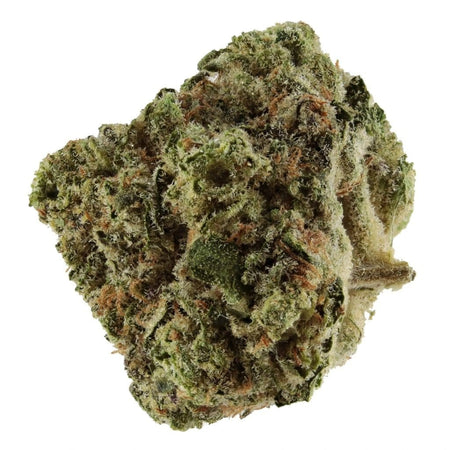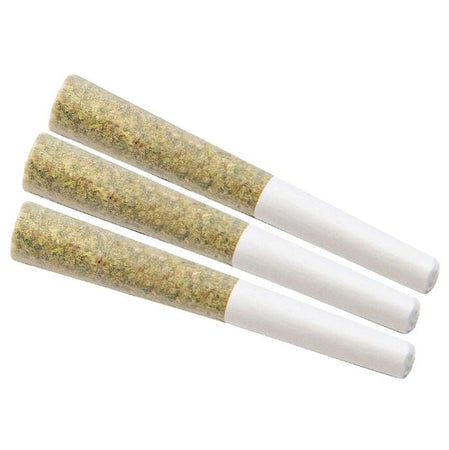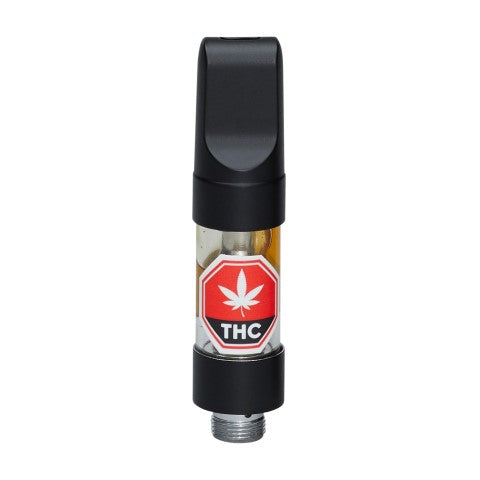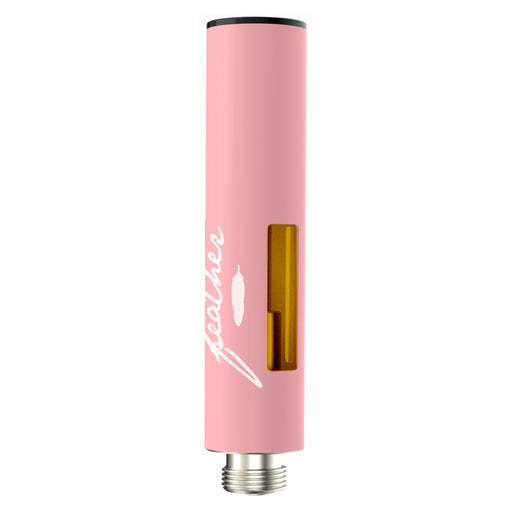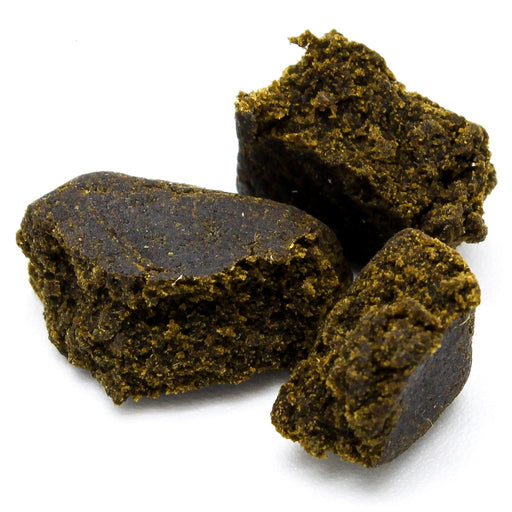The Early Stages: Germination and Seedling Phase
The journey of a cannabis plant begins with the crucial stages of germination and the seedling phase. Selecting high-quality seeds is paramount, as the genetic makeup of the seeds significantly influences the plant’s overall health, yield, and cannabinoid profile. Opting for seeds from reputable sources ensures a higher success rate and robust plant development.
Germination is the initial step where the seed awakens from dormancy. Various methods are employed to achieve successful germination. The paper towel method is popular for its simplicity and effectiveness. This involves placing seeds between damp paper towels, ensuring they remain moist but not waterlogged, and keeping them in a warm, dark place. Alternatively, seeds can be planted directly into soil or growing medium, or using seedling plugs, which offer a controlled environment that can enhance early growth.
Optimal germination conditions are crucial. Maintaining consistent moisture levels is essential, as seeds require a humid environment to sprout. Temperature also plays a vital role, with the ideal range being between 70-85°F (21-29°C). Light exposure is minimal during germination; however, once the seeds sprout, they need access to light to begin photosynthesis.
As the seeds germinate, they transition to the seedling phase. During this stage, the seedlings require 18-24 hours of light per day. Utilizing appropriate lighting, such as fluorescent or LED grow lights, can provide the necessary spectrum and intensity for healthy growth. The growing medium should be well-draining and rich in organic matter, supporting root development and preventing waterlogging.
Watering practices are critical; seedlings need consistent moisture without being overwatered. Overwatering can lead to damping-off, a fungal disease that causes seedlings to collapse. Additionally, nutrient deficiencies can hinder early growth. Using a balanced, mild nutrient solution can support the seedlings’ needs without overwhelming them.
Common issues during the germination and seedling phases include overwatering, damping-off, and nutrient imbalances. Addressing these issues promptly by adjusting watering practices, ensuring proper light exposure, and using appropriate nutrients can mitigate potential setbacks and set the foundation for a healthy cannabis plant.
The growth journey of a cannabis plant is marked by two critical phases: the vegetative stage and the flowering stage. Understanding these phases is crucial for achieving a successful harvest.
The Vegetative Stage
During the vegetative stage, the cannabis plant focuses on developing its leaves, stems, and roots. This stage is characterized by rapid growth and requires ample light, typically 18 hours of light followed by 6 hours of darkness. Providing adequate light is essential for the plant to perform photosynthesis effectively, which fuels its growth.
Maintaining proper humidity and temperature levels is also vital. Ideally, humidity should be between 40-70%, and the temperature should range from 70-85°F (20-30°C). Ensuring an adequate nutrient supply, particularly nitrogen, is crucial during this stage. Nitrogen promotes lush, green foliage, which is essential for the plant’s overall health and vigor.
Training techniques such as topping, FIMing, and low-stress training (LST) are often employed during the vegetative phase to enhance growth patterns. Topping and FIMing involve cutting the top of the plant to encourage bushier growth and increase potential yields. LST, on the other hand, involves gently bending and tying down branches to create a more even canopy, allowing light to reach lower parts of the plant more effectively.
The Flowering Stage
The transition to the flowering stage is triggered by altering the light cycle to 12 hours of light and 12 hours of darkness. This change signals the plant to start producing flowers, or buds. One of the first signs that a cannabis plant is entering the flowering phase is the appearance of pistils—tiny, hair-like structures that emerge from the plant’s nodes.
During the flowering stage, the plant’s nutritional needs shift. Phosphorus and potassium become more critical, as they support bud development and overall plant health. It’s also essential to monitor for pests and diseases, as the plant is more vulnerable during this stage.
Harvesting at the right time is essential for achieving optimal potency and yield. Growers often use a magnifying glass to examine the trichomes—tiny, crystal-like structures on the buds. When most trichomes appear milky white with some turning amber, it indicates the plant is ready for harvest. Additionally, overall plant health and the condition of the pistils should be considered when determining the ideal harvest time.



